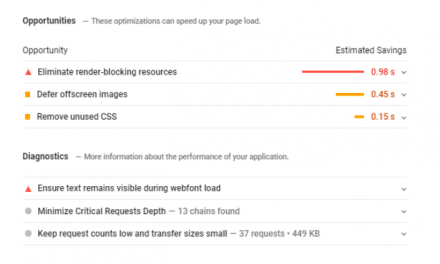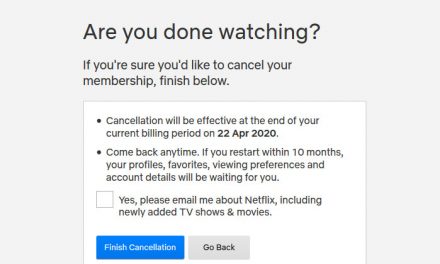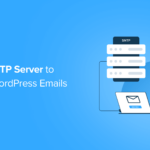As a business, you spend much of your time trying to convince your ideal customers to buy from you. This process can be time-consuming; it’s difficult to get complete strangers to trust your business enough to bust out their credit cards. But, to make it easier, you can use social proof.
What is social proof? Social proof is a phenomenon where people copy the actions of others in an attempt to reflect correct behavior for a certain situation.
For instance, imagine if you overheard someone talking about the hottest new restaurant in town. They say the atmosphere is amazing and the food is the most delicious they’ve ever eaten. After hearing this, you go to the restaurant to check it out for yourself. This is an example of social proof in action. You can use this exact strategy in a number of different ways to convince your target audience that your business is worth their attention, time, and money.
Here’s how to leverage social proof to boost sales.
Showcase User-Generated Content
One of the most popular examples of social proof is user-generated content. User-generated content (UGC) is any type of content, whether it’s photos, videos, text, or audio, that has been posted by users on online platforms such as social media.
Businesses can share UGC on their own social media profiles or their website to show their audience real-life examples of people using and loving their product/service. Consumers trust their peers more than they trust brands. So, when your audience sees a photo of their peers with a product, they’ll be more likely to buy. In fact, according to Digital Information World, UGC is shown to result in a 29% increase in web conversions than campaigns or websites without it.
Airbnb does UGC well. They often share user-generated content from guests or hosts on their Instagram feed. Stunning images like these are enough to make anyone want to go on an adventure and use Airbnb to book a unique place to stay.

Gathering and sharing user-generated content will also save your business time and money because your customers are providing content for you. Simply ask your customers to create UGC and they probably will — as long as you give them some love by tagging them in the Instagram caption.
Display Real-Time Activity on Your Site
When a user visits your website, it can feel like they’re the only person there. Because, of course, they can’t see all of the other happy customers that are on your website at the exact same time. Or can they?
With a tool like TrustPulse, you can show real-time activity on your site. TrustPulse is a social proof notification app that’s both powerful and easy-to-use. The app tracks the activities on your website like purchases, downloads, email signups, demo registrations, and more. Any time a website visitor takes one of those actions, TrustPulse will display a small notification for it on the screen.

When your website visitors can see that other people are on your site buying your products, it can encourage them to do the same.
Get More Online Reviews
As we mentioned previously, people trust their peers more than they trust brands. Which is why so many people check out online reviews before buying from a company. In fact, according to the Spiegel Research Center, nearly 95% of shoppers read online reviews before making a purchase.
So, if you want to show consumers that your business is worthy of their time, you need to get more online reviews.
Aside from collecting online reviews on platforms like Facebook, Google My Business, and Yelp, you can also display reviews on your own website. Especially for eCommerce websites, ratings and reviews on product pages can boost sales dramatically. Other shoppers can look at the glowing reviews and ratings of your products and be more confident in their decision to make a purchase.
But, don’t try to hide any negative reviews. Instead, you should be responding to negative reviews to show that your business cares about its customers. This not only helps with customer retention, it also will let your audience know that if they run into a similar issue, your company will provide the best customer service to help them solve their problems.
Share Real Stories by Creating Case Studies
Instead of trying to convince consumers to buy from you by stating facts, you need to share real stories. And not from your point of view either, but rather from the point of view of your best customers.
Stories help people connect. According to studies, stories that are personal and emotionally compelling engage more of the brain. Because of this, they’re better remembered than a set of facts. So, you need to create case studies that your target audience can relate to.
Case studies are referred to as longform social proof, involving an in-depth and up-close look at the success stories of your customers. A great case study includes:
- Introduction – An introduction to the customer (who they are and what they do)
- Problem – What the customer’s pain points, goals, and needs were
- Solution – How your company helped the customer reach their goals
You can publish case studies right on your blog. Remember, be sure to make your case studies visually appealing by including headings, bulleted lists, images, and graphs or charts.
Relatable, engaging case studies can show your target audience what type of results they can expect from using your product or service.
Show Off Press Mentions
Has your business been mentioned in the media? If your company has been in magazines, popular blogs, podcasts, television segments, etc. you need to show that off to your audience by putting it on your website. Showing off press mentions helps your business build authority.
For instance, take a look at this example from Yellow Leaf Hammocks. On their homepage they show off the fact that they were featured in Oprah’s Favorite Things in 2017 by adding a logo.

Instead of adding a logo to your homepage, you could also insert quotes from press mentions. Or, simply promote the publication you were featured in by sharing it on social media accounts like Twitter, Facebook, and LinkedIn.
If your business hasn’t been featured in the media yet, don’t worry. Aside from press mentions, you can also show off big-name clients that you work with by placing their logos on your website.
If your business is trusted by well-known names, your website visitors will feel comfortable trusting you as well.
Social proof can be a powerful strategy for your business. Instead of trying to convince your audience that they should buy from you, your existing customers can do it for you. With these tips for how to leverage social proof to boost sales, you can ease the hesitations of shoppers and lead them straight to the checkout.











